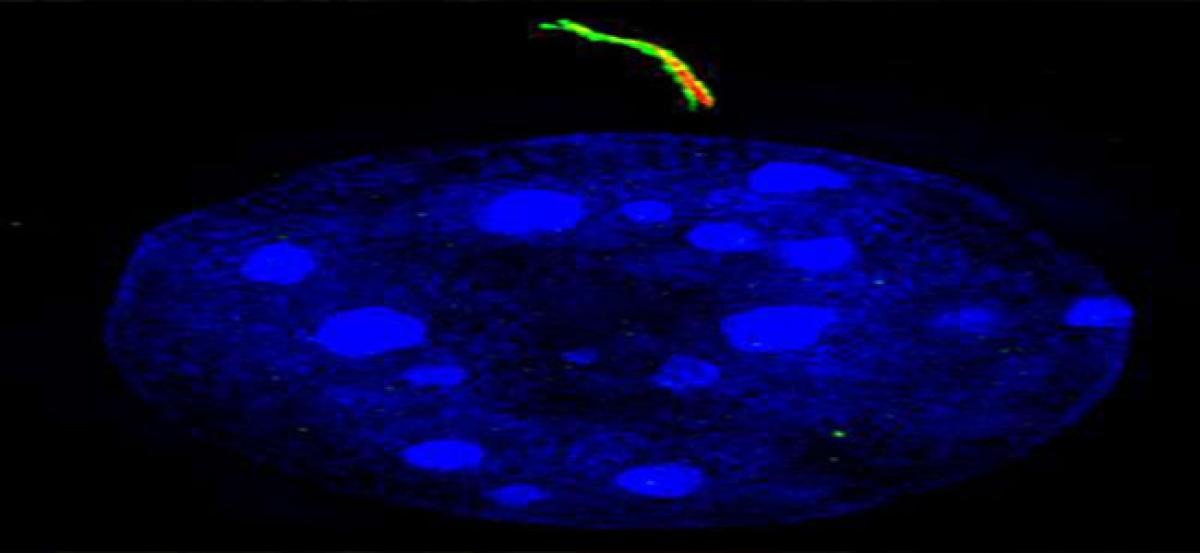Live
- RRR elected Assembly Dy Speaker unopposed
- Cong wants separate Constitution in J&K
- Modi never read Constitution, hence it is blank for him: Rahul
- AP: Global destination
- Tulsi Gabbard on National Intel
- Tribal women from Lagacharla seek KTR’s support
- India vs Malaysia FIFA Friendly Match Poster Unveiled by CM
- Govt awaits Governor's nod to prosecute KTR
- CM exhibits ignorance with his statements on Guv: Kishan
- Amid buzz over arrest, KTR says he is ready to go to jail









